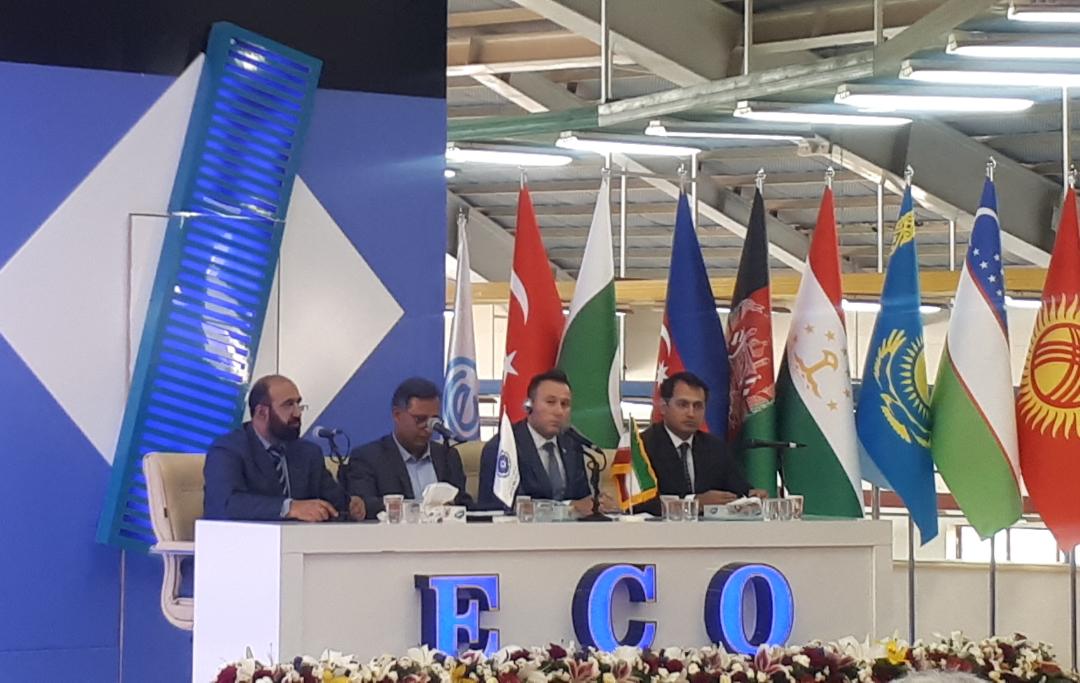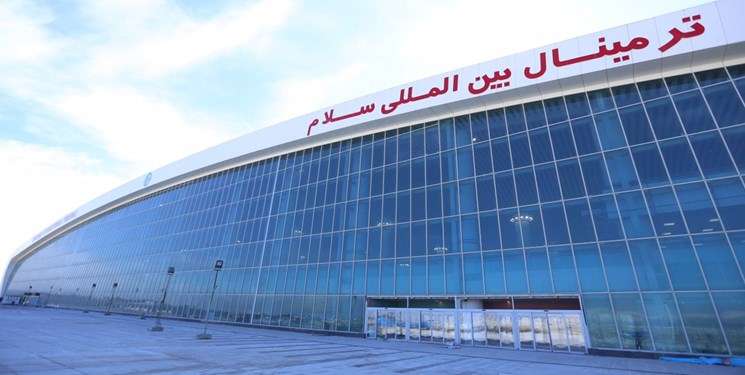Iranian President Hassan Rouhani has authorized interior ministry to avoid putting rubber stamps on the passports of foreign nationals visiting the country in a bid to increase tourism while assuring tourists they won’t be barred from entering the US.
Rouhani signed a decree on Sunday to allow the interior ministry to authorise the police not to stamp foreign nationals’ passports when entering Iran.
The decision comes after the US barred people from entering its territory if they had visited Iran in the past. Trump’s travel bans for residents of seven countries, including Iran, took effect last December.
Javier Solana, ex EU foreign policy chief, was one of the major victims of this ban because he had visited Iran in his post several years ago.
The Iranian government's decision is also aimed at encouraging foreigners to travel to the country.
“This new tourism strategy is meant to counter the US economic terrorism against Iran. This can attract more tourists to Iran. Now, foreigners can travel to Iran easily and without any concern,” said the government spokesman Ali Rabiei.
The move also aims to increase the government’s revenues from international tourism as this fiscal year’s budget has been devised to decrease the country’s dependence on petrodollars and increase its share of non-oil revenues, including tourism.
More than four million tourists visited Iran during the first seven months of the last Persian year 1397 (21 March-22 October, 2018), showing a rise of 51% in comparison to the same period last year, according to the latest figures.
More than two million Iraqis visited Iran in this time period, putting the western neighbouring country on top of the list of foreigners that visited Iran.
Tourists from Azerbaijan, Turkey, Afghanistan and Pakistan made up the rest of the foreigners that visited Iran for medical treatment, religious rituals and cultural sightseeing.
Tourism accounted for 2.5% of the direct share of Iran’s Gross Domestic Product (GDP), that is $10.7bn, in 2018, according to a study carried out by the Economic Department of Iran Chamber of Commerce, Industries, Mines and Agriculture (ICCIMA).
Tourism also created 468,000 direct jobs, that is 1.9% of all the country’s employment, the paper shows, estimating that it reach 2%, that is 505,000 jobs, in 2025.
The ICCIMA Economic Department predicts that Iran’s revenues from tourism rise to 5.7% in 2019 and 7.2% in 2025. The country’s 2018 revenues were $4.1bn that is 4% of all exports.
Health tourism boost
Iran has turned into a medical treatment hub for the neighbouring countries that seek high-quality and at the same time comparatively cheap medical services.
The US sanctions on Iran plunged the Iranian national currency rial’s values to historic lows, making it a perfect destination for tourists who seek cheap and cost-effective places.
Iran has been aiming to attract more health tourists from the 15 neighbouring countries, especially those of the Economic Cooperation Organisation (ECO).
Iran, Pakistan, Turkey, Afghanistan, Azerbaijan, Kazakhstan, Kyrgyzstan, Tajikistan, Turkmenistan and Uzbekistan are the organisation’s member states.
ECO organised its second health tourism conference and exhibition (confibition) in the northwestern Iranian city of Ardabil, bringing about officials from the seven-member regional body in a bid to raise Iran’s profile as the top medical treatment destination for regional countries.

Salaam Terminal
Iran also opened its most modern Commercial Important Person (CIP) terminal at the international Imam Khomeini Airport (IKA) last week in a bid to raise the capacities of its passenger terminals as it eyes more flow of tourists.

Salaam, designed, developed and constructed by Iranian engineers, has the capacity to handle five million passengers a year.
Built on a a 55-000-sq-km land, the three-storey terminal-gallery has the ability to host all kinds of aircraft because it is equipped by the most state-of-the-art technologies and infrastructure.
One of the terminal’s main features is Open Counter, that is, there won’t be any queues as passengers can check in at any of the counters and get their passing board.